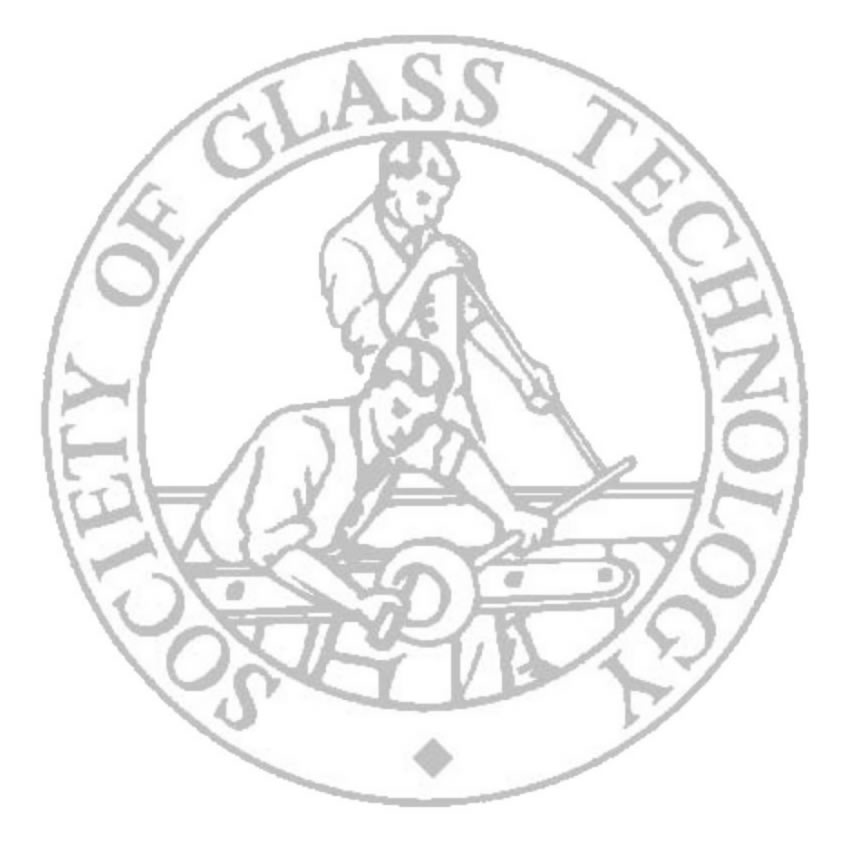
Cambridge 2008
|
Fabrication of Thin Films of Inorganic, Polymeric and Biological Materials Using Pulsed Laser Ablation techniques
Animesh Jha1,* and Shaoxiong Shen1
The paper reviews pulsed laser ablation of inorganic, polymeric and biological materials for the fabrication of amorphous films of either single constituent or a hybrid with more than one layer of each type of materials. The paper will review the laser wavelengths currently employed for film deposition and techniques such as pulsed laser evaporation which is particularly suited for biological materials.
We will take examples of structural and spectroscopic analyses of Er3+-doped glass films and the consequences of deposition parameters on the film characteristics. In particular we explain the reasons for loss and recovery of photoluminescence in such films as a result of deposition and in-situ heat treatment. A comparison of quality of films deposited is shown and the importance of selection of wavelength is emphasized.
Approaches developed for inorganic materials are also applied for polymeric films of polyflourene for the characterization of photoluminescence in the visible spectrum. In particular a comparison is made to demonstrate the properties of spin-coated and pulsed laser deposited films.
We also show how the pulsed laser evaporation is adapted for the deposition of bovine serum albumin for making self-assembled layers of these materials. We have adopted FTIR spectroscopy for the characterization of such films. Such deposition procedure are ideal for making bio-active surfaces.
Back to Glass Science Programme
| SGT Home page |